Strategic Analysis Report: Environmental Factors for Starbucks
VerifiedAdded on 2023/01/05
|5
|969
|349
Report
AI Summary
This report presents a strategic environmental analysis of Starbucks, employing the PESTLE framework to examine political, economic, social, technological, legal, and environmental factors influencing the company. It also utilizes Porter's Five Forces to assess the competitive landscape, including buyer power, supplier power, competitive rivalry, the threat of substitutes, and the threat of new entrants. The analysis highlights key factors such as political influences from US administrations and trade wars, economic opportunities in developing countries, social trends like health consciousness, technological advancements in digitization, legal compliance in international operations, and environmental initiatives like green stores and recycling. The report assesses the bargaining power of buyers, supplier influence, competitive rivalry from various coffee chains and independent shops, the high threat of substitutes, and the moderate threat of new entrants. The analysis aims to inform strategic decision-making for Starbucks, considering its position in the hospitality and tourism industry.
1 out of 5
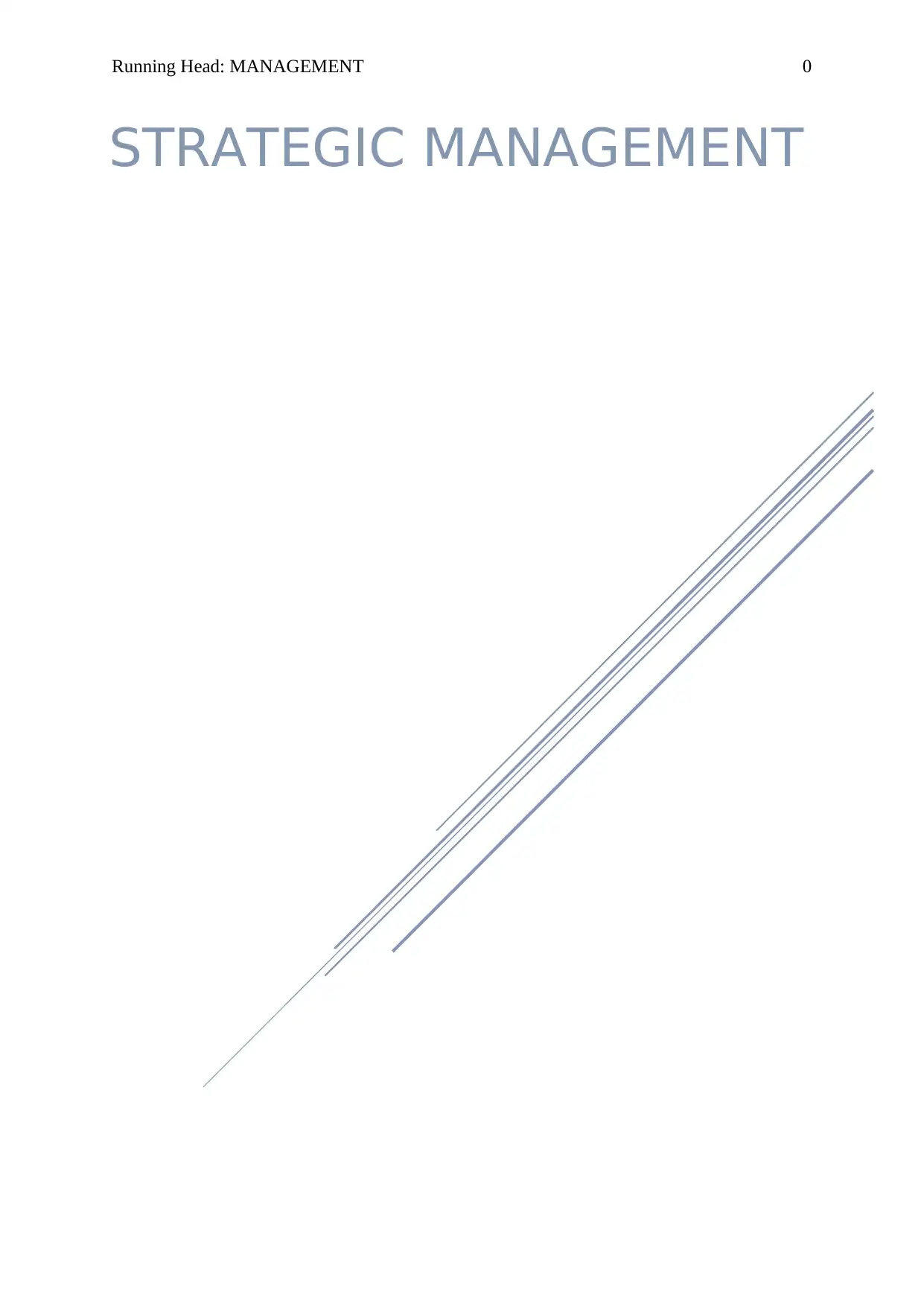
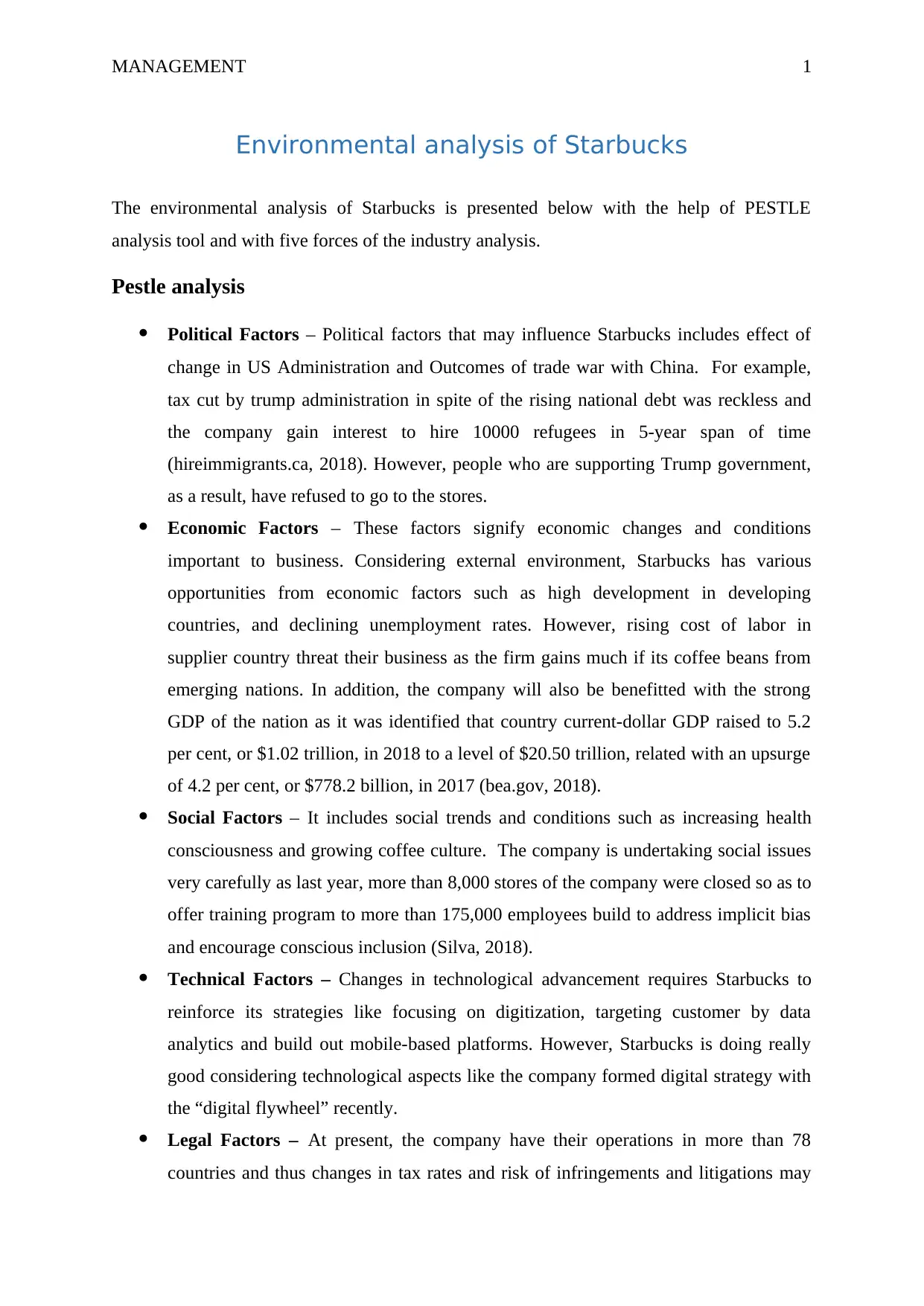
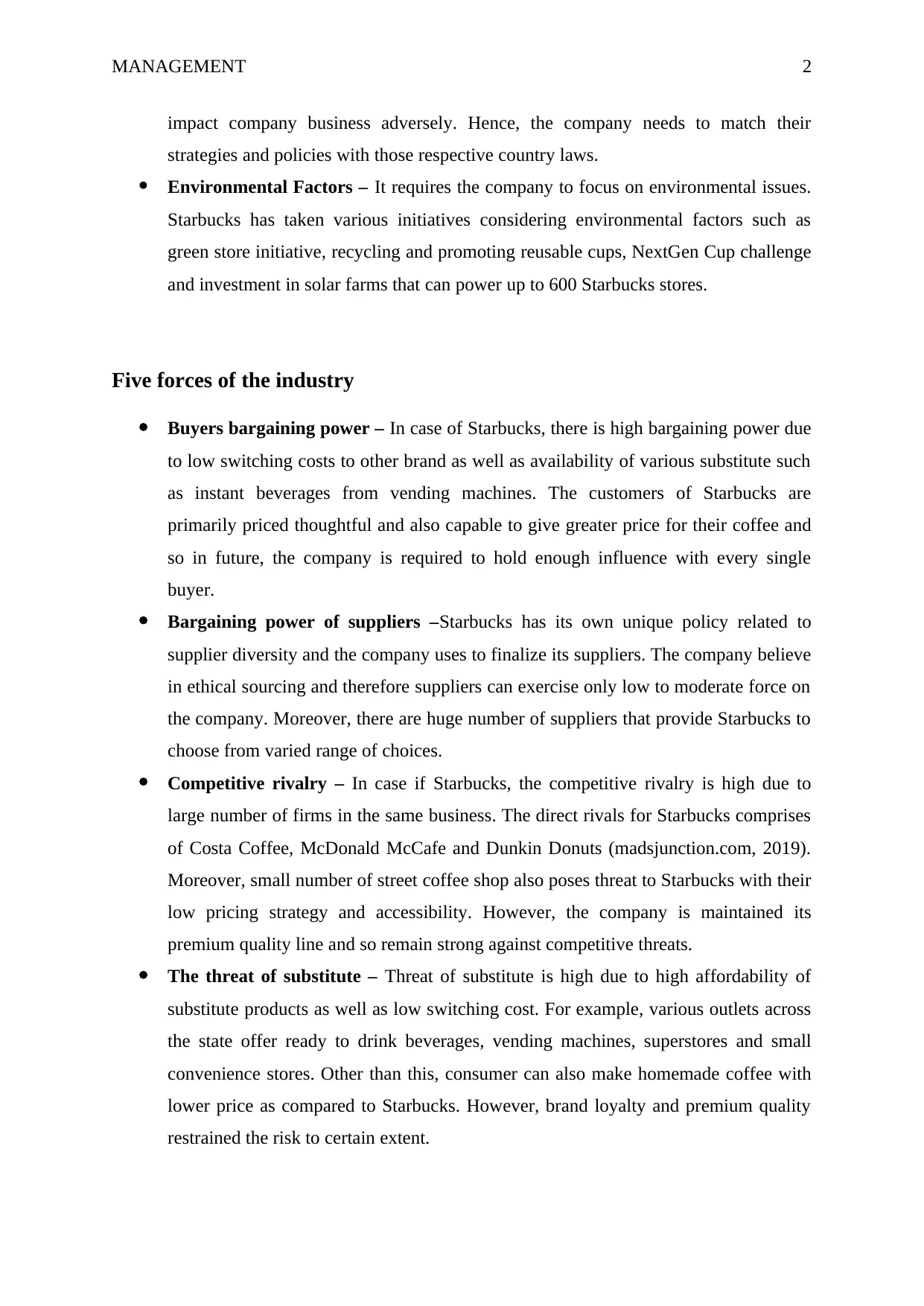

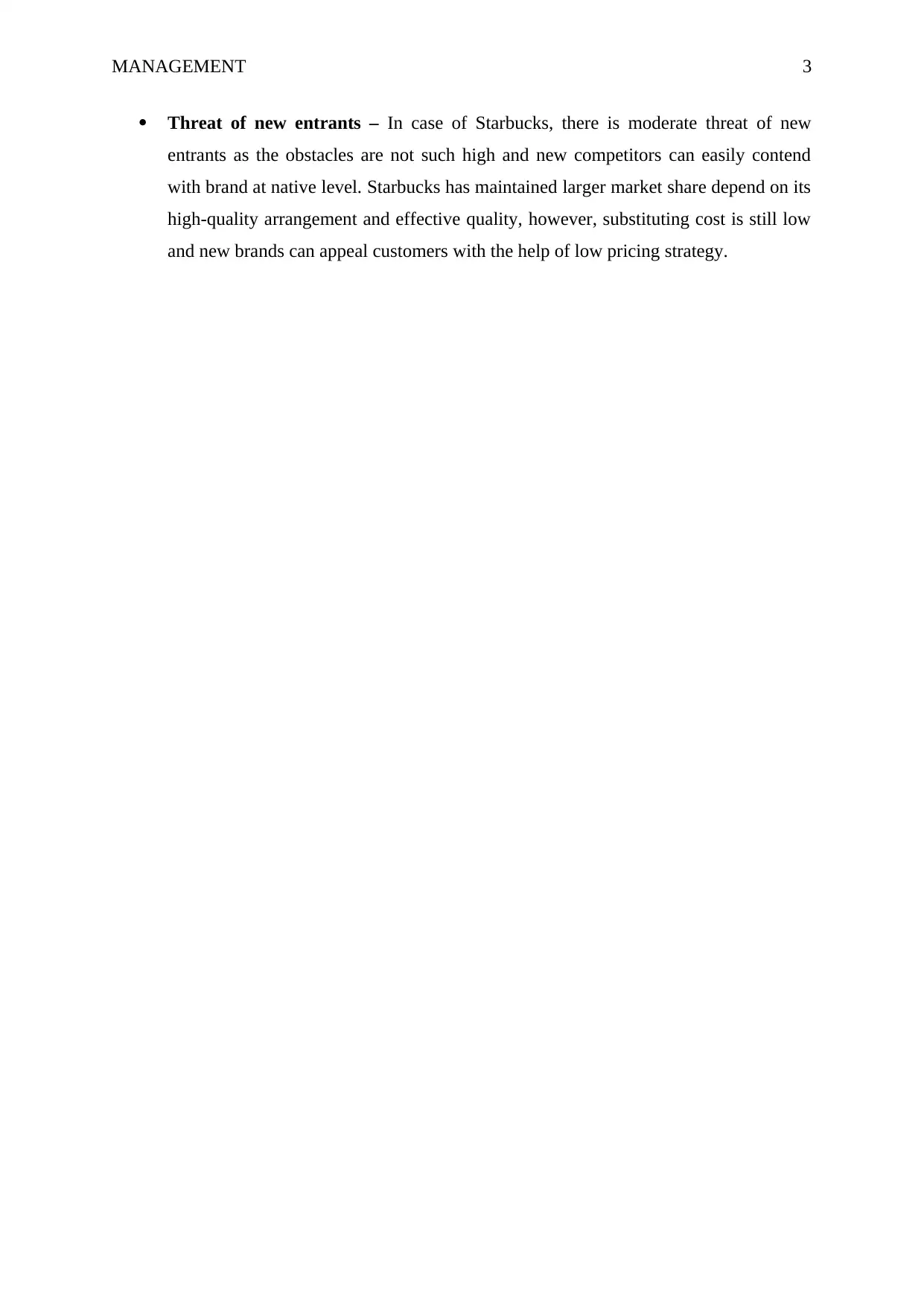
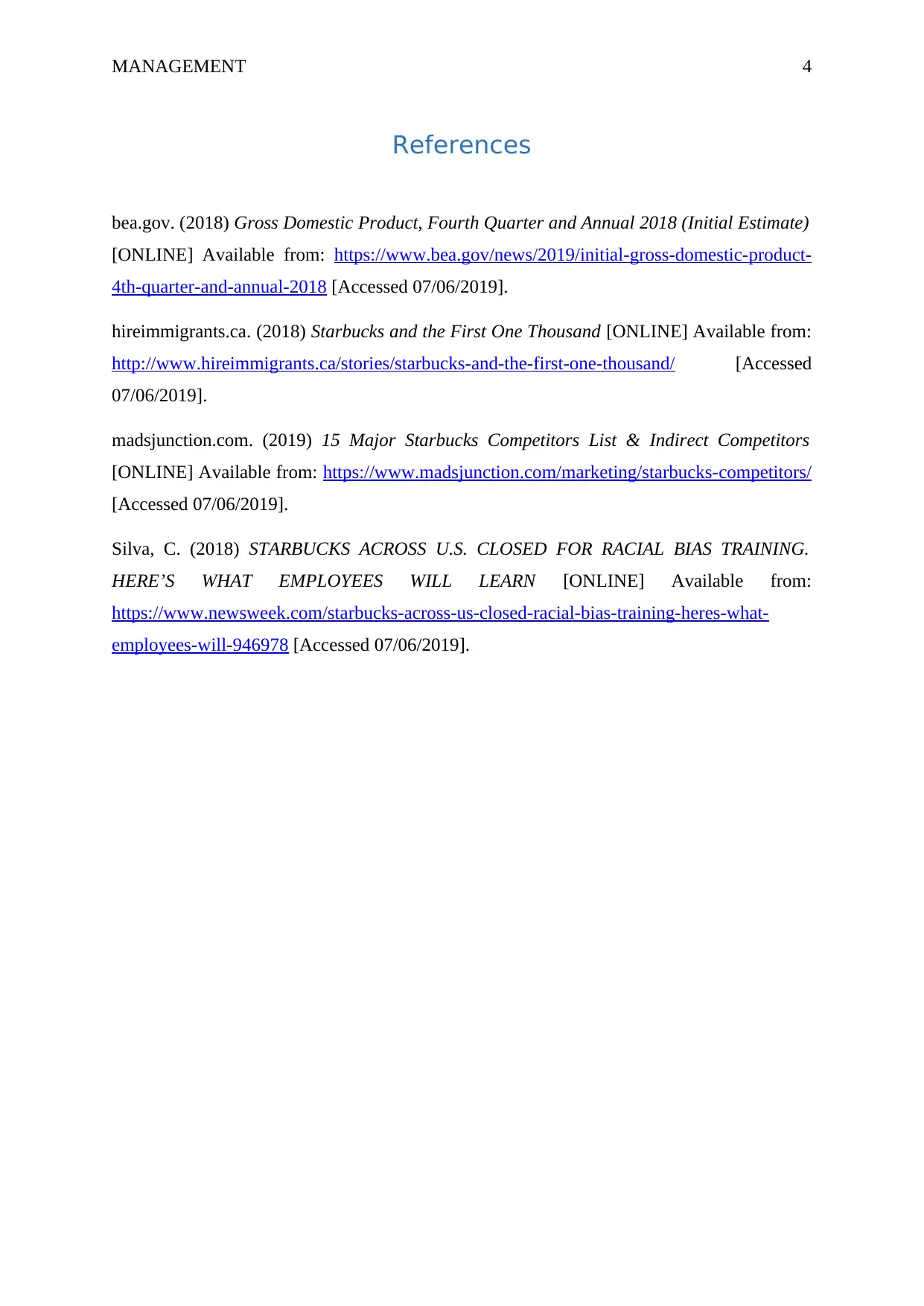





![[object Object]](/_next/static/media/star-bottom.7253800d.svg)